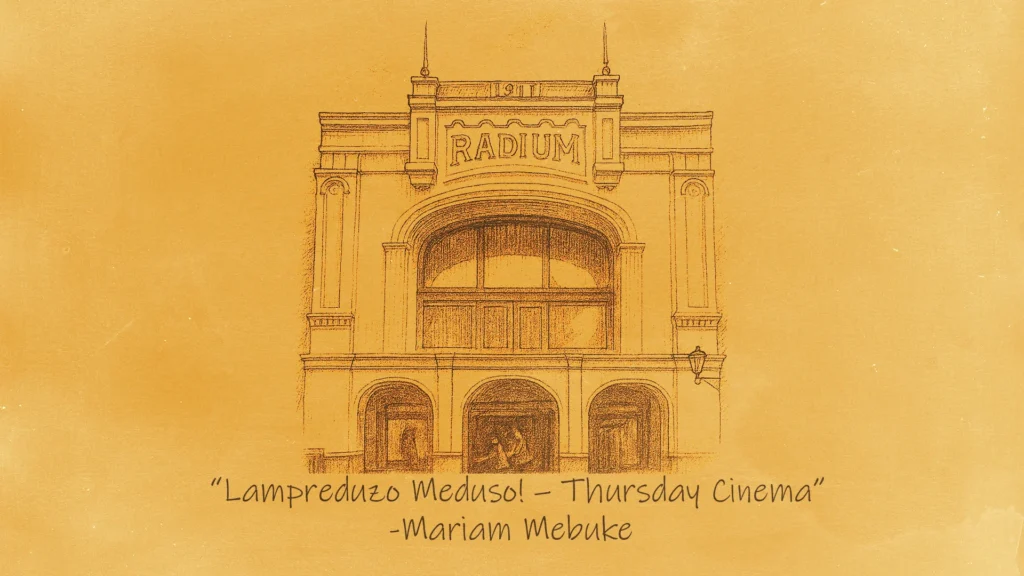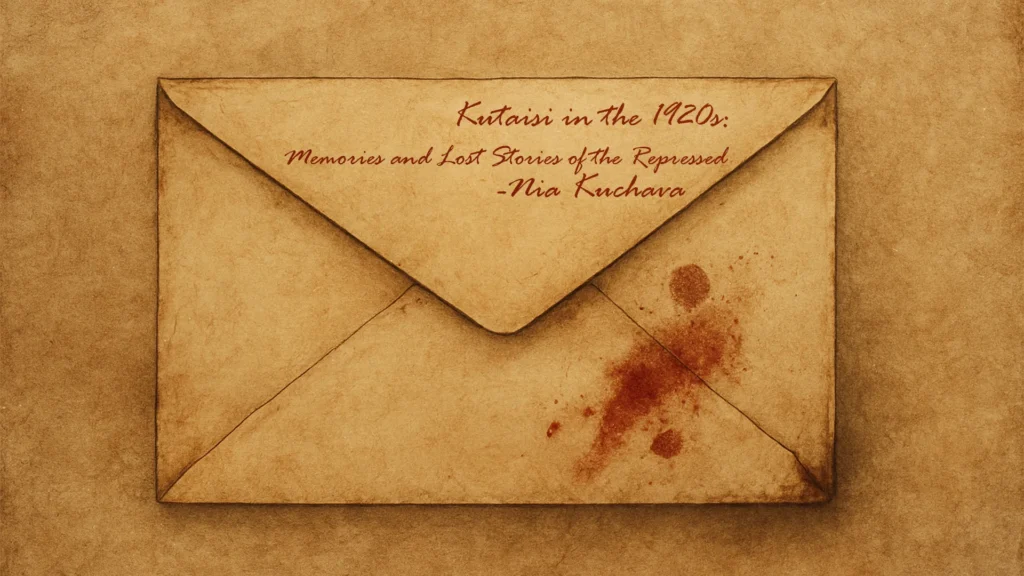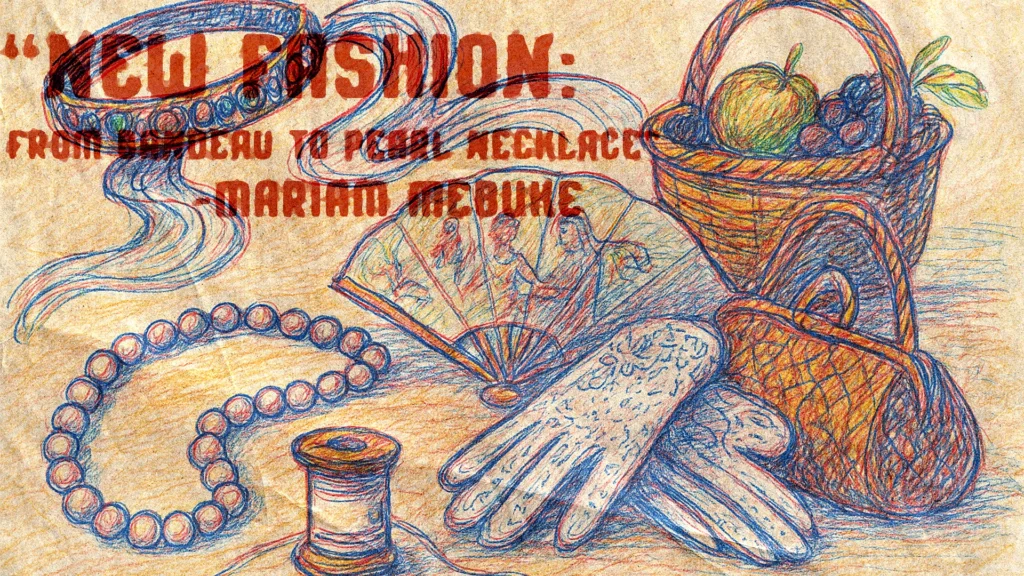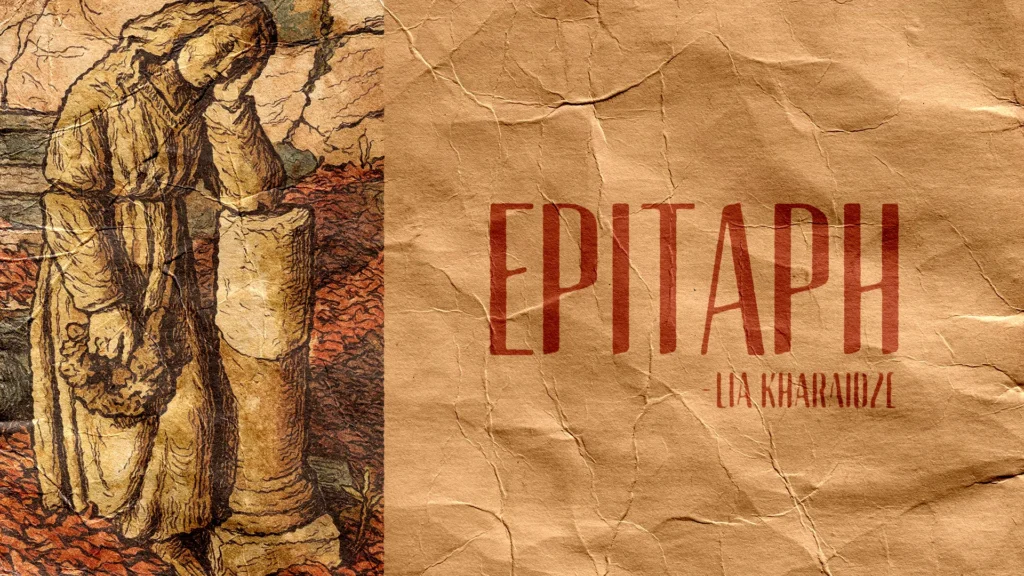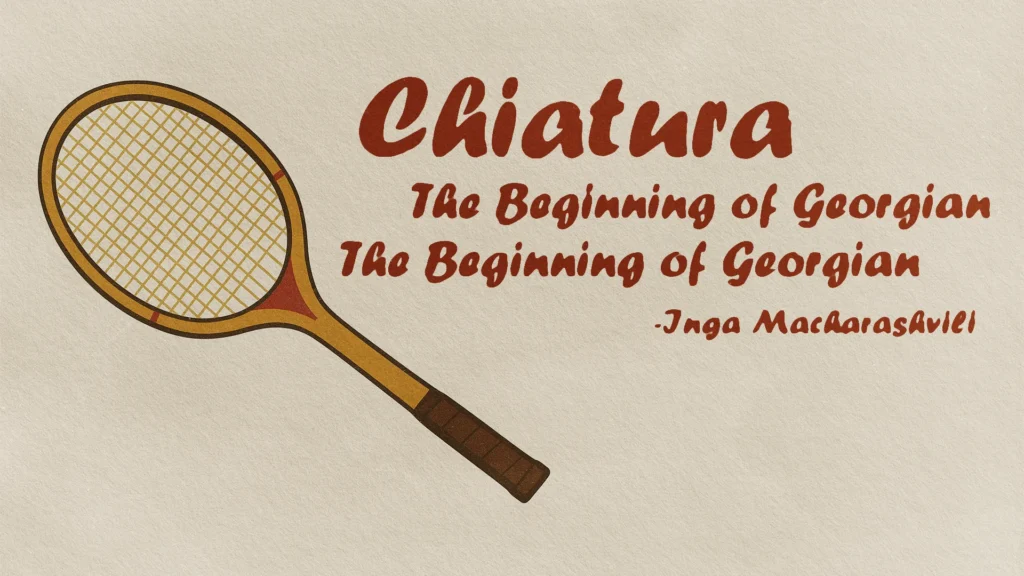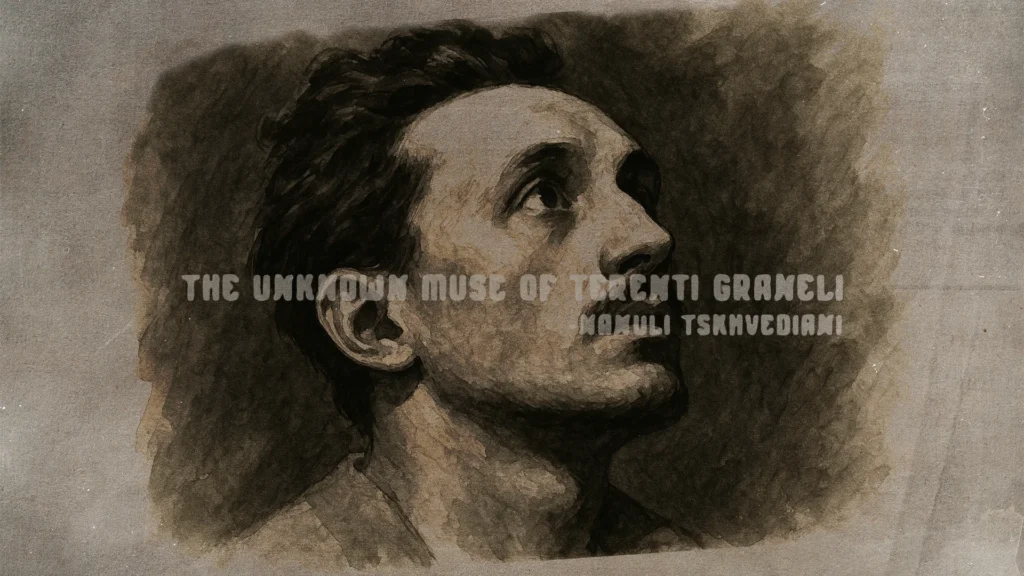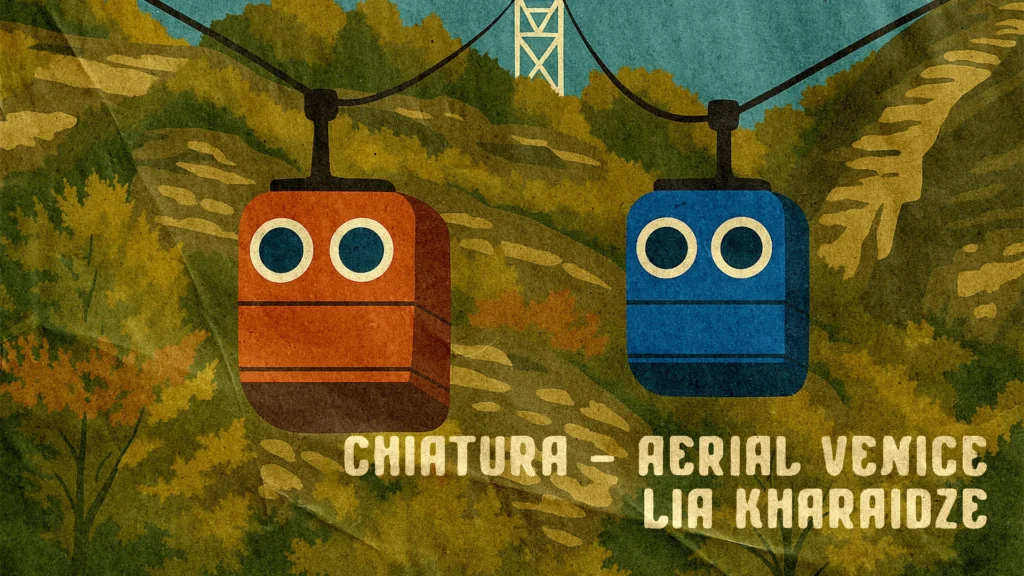Kultura! – Article Archive
“If I go, I will go, will go and go”… The Remarkable Story of Friendship and Self-Sacrifice between Lasha Lashkhi and Obola Tsimakuridze
It was a memorable day in Sachkhere – people were celebrating Akaki Tsereteli’s birthday. After the official event, we were sitting at a traditional Imeretian table with the then-mayor of the municipality, Tsezar Lashkhi. We were in the middle of breaking bread when Mr. Tsezar received news that his eldest son, Lasha, was unwell. But it wasn’t just illness. It turned out that he was… no longer among the living. That day marked the beginning of a sorrow that has now lasted 25 years. It was a quiet afternoon on June 21, 2000. Two friends from Sachkhere – famous parodist Obola Tsimakuridze and researcher at the Georgian Museum of Art, Lasha Lashkhi – were walking together, reminiscing, talking about the…
Lampreduzo Meduso! – Thursday Cinema
Even though I’ve spent years living in Kutaisi, I still come across interesting facts and stories about places I’ve passed by many times and wondered about. This probably happens because I wasn’t born in Kutaisi in the 20th century. At the start of this article, I’d like to point out one thing – I’m mainly trying to catch the attention of readers my age, those born in the 21st century, who know Georgia’s past mostly from stories told by others. The word “Radium” is likely familiar to everyone as the name of a chemical element. But for those who have ever walked along Tsisperkantseli Street in Kutaisi and glanced – even for a moment – at the building in front…
Kutaisi in the 1920s: Memories and Lost Stories of the Repressed
Dori Laub, a psychoanalyst and professor at Yale University, developed important insights while researching trauma and how it is shared, expressed, and listened to. According to him, when a person shares their inner pain—something not yet fully understood or expressed—with another person who truly listens, a unique and deeply emotional situation is created. What makes this experience so extraordinary is that the listener is not hearing a story already told in museums or recorded in archives. Instead, they witness something being born for the first time—pain that has never had a chance to be revealed before. Historical facts and context are present, but they do not reduce the importance of the listener. Instead, they offer a backdrop. The act of…
New Fashion: From Bandeau to Pearl Necklace
When discussing the cultural developments of the late 19th and 20th centuries, fashion must be mentioned as one of the key indicators of a society’s cultural life. Kutaisi, in particular, played a significant and fascinating role in the history of Georgian fashion. The production of silk fabric in Georgia is closely connected with Kutaisi. In 1889, in the Kutaisi province, the country’s earliest spinning factories were opened – two small mills both known simply as the “Spinning Factory.” Kutaisi was the main center for silk production, and the fabric was sold at fairs across Georgia. These locally produced materials were quite expensive – their total value reaching up to 75,000 rubles. At the end of the 18th and beginning of…
Epitaph
The saddest, most mysterious, and strangely fascinating place — a cemetery — often stirs many thoughts and memories, creating an atmosphere ripe for philosophical reflection. For centuries, people have expressed the grief of losing a loved one in different ways. One of the most lasting expressions is the creation of a grave — an “eternal resting place.” Memorial monuments have changed over time, reflecting different historical periods and cultural styles. Tombstones can tell us a lot — not only for professional researchers but also for amateurs or simply curious visitors. Many scholars focus on epitaphs as valuable written sources, while the artistic side of gravestones and monuments is less often studied. This article does not aim to be a scholarly…
Chiatura – The Beginning of Georgian Tennis History
The golden rays of the sun gently touch the old cobblestones, while the air carries the scent and color of manganese. Between stone houses, in a narrow courtyard, a curious sound is heard – the crisp echo of a ball striking a racket. At first, it seems unfamiliar to the locals, but soon it draws their attention and fascination. The story of tennis in Georgia begins in Chiatura at the end of the 19th century – a time when the country was still part of the Russian Empire, and foreign cultural influences reached only a few places. During this period of industrial growth, the work of the English company “Forward and Salinas” in Chiatura played a key role not only…
Darianuli – The Story of Elly and the Cat
Some time ago, I once again listened to the audio version of Carver’s story “What Do We Talk About When We Talk About Love.” This question comes to my mind every time I remember the title, and to be honest, I still don’t have a clear answer. Maybe – about everything. Then I also wonder – if it weren’t for Woody Allen’s Paris, would Kutaisi have been the same in the first half of the 20th century, and would it have been thanks to the “Blue Horns”? Putting aside “Yellow Dante” and yellow news, I don’t want to prove that Elene Dariani was a mystification created by Paolo, nor that the poems belonged to Elene Bakradze and were falsely attributed…
Media, Memory and National Identity – A Brief Overview of 19th Century Georgian Media
The role of the media in shaping national consciousness is not a new topic in the discussion of nationalism. The powerful influence of print media—especially magazines and newspapers—has played a key role in the development of nationalism, national ideas, and the national imagination. Several such publications appeared in 19th-century Georgia, and they are very important when talking about the origins and nature of Georgian nationalism and national identity. In this article, we will look at some important trends and key ideological changes that helped reshape the idea of the state and led to the formation of nation-states globally. We will also focus on the Georgian context—especially in the city of Kutaisi—and briefly analyze the unique role that Georgian newspapers played…
The Unknown Muse of Terenti Graneli
Anyone who has read Terenti Graneli’s After Death (“…I will die at night, at dawn…”) will surely remember this passage: “On Sunday morning, when the church doors open for all worshipers, a woman will come thoughtfully to my grave, she will remember my sunburnt face, she will remember my torture, and she will feel sorry.” Who was this mysterious woman? On November 11, 2019, I posted one of Terenti Graneli’s poems on my Facebook wall. A well-known and respected lawyer from Kutaisi, my dear friend Ivane (Vano) Afridonidze, responded with some fascinating information in the comments. It turns out that the woman Graneli mentioned was Vano’s aunt (his mother’s cousin), Tamar Kachakhidze. Here are some excerpts from Vano Afridonidze’s comments:…
Chiatura – Aerial Venice
Chiatura is a city with such a unique landscape that it could never be confused with any other. Its special location in the Kvirila Gorge has greatly influenced its development. For example, the abundance of rocks and caves attracted people here as early as the Mesolithic period. Many remains of ancient “Sakhizari” settlements have survived in the area thanks to this location. (There is even a forest nearby called “Nakhiznevi.”) The geography of the city also explains why, in a place with a population of less than 12,000, there were once as many as 36 cable cars in operation. One foreign visitor, impressed by the network of aerial trams, even called Chiatura the “Aerial Venice.” The idea of building cable…

